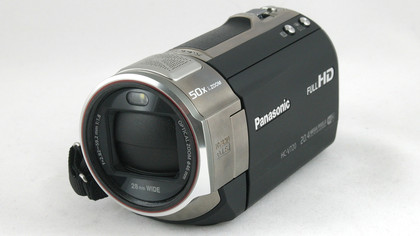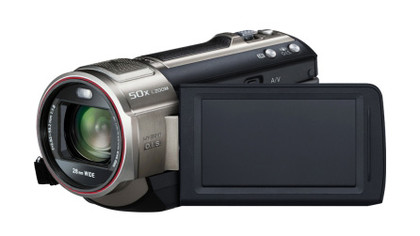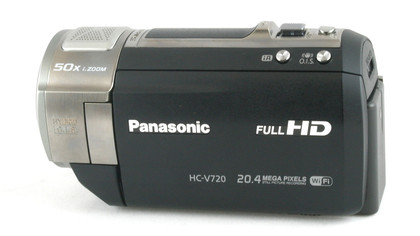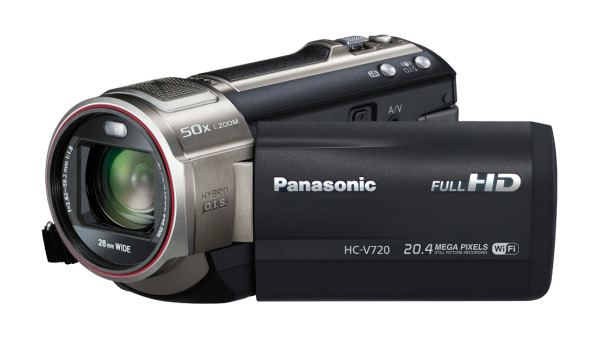Why you can trust TechRadar
There are some places where the Panasonic HC-V720's touchscreen controls are as obvious as they should be (tap the iA button to change whether you're using the excellent Intelligent Auto mode or want to choose a 'scene' mode, for example), but mostly it feels either needlessly complicated or like you're lacking information.
The tilt-shift options we mentioned before, for example, speed up the footage in the final videos (so in a cityscape, you'd get cars whizzing by, like you've filmed the opening to one of the many CSI shows). The only indicator of this is that the time count creeps up much slower than usual.

There are lots of features like this, where once you've realised how they work, or where they are, they're fine, but this video camera's not beginner-friendly.
The Wi-Fi setup in particular is one of the biggest crimes against good usability we've ever seen. It's obtuse and confusing, and even entering your router's password is comically fiddly.
The thing is, we get why Panasonic doesn't necessarily want to stick all these control options as physical buttons on the camcorder - it looks scary, for a start, and can be confusing to remember. But we can't help looking at all the unused plastic on the outside and thinking how much faster it would be to switch modes or fiddle with the focus with some extra controls.
While all of the Panasonic HC-V720's features make a compelling case for upgrading to a dedicated camcorder, the image quality is what really counts. And we have to say that we're a little disappointed by the Panasonic HC-V720, as we were by its predecessor.

The issue is really in the crispness of the images. It just isn't as good as what we'd want from a spending £500 / US$550 / AU$680 on a camcorder, even at 1080p.
There is, broadly speaker, lots of detail there, but it isn't as sharp as you'd hope. Of course, you might expect this if you're heavily zoomed in using the digital zoom, but it's the case all the time.

There's often quite a bit of noise, too, and colour banding, which is bonkers when you consider that it can record at up to 28Mbps - it's less crisp than an HD video download at a quarter of the bitrate.
We suspect the image sensor is the culprit, because the 1/2.33 sensor used here is roughly equivalent to what we'd expect to see in most lower to mid-range compact cameras.
